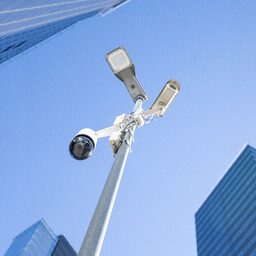The Ministry of the Interior explains that the PPA has the right to use cameras to detect and stop threats. This is permitted under the law enforcement code. The use of cameras is legal, even if the law does not explicitly mention license plate recognition.
The ministry says that the Police and Border Guard Act obliges the police to search for missing persons, investigate crimes, and ensure the execution of penalties. License plate recognition cameras help fulfill these tasks. In addition, the law specifies the police information system Polis, which is regulated by a ministerial decree.
According to the law, Polis also includes data on preventive activities. Data collected by the license plate recognition system is also stored there – a photo of the vehicle and its license plate along with the time and location of the recording. The data is kept in the police database for up to three months. If an investigation begins, they are kept longer. Requests must be justified, and their execution is recorded.
The ministry believes that the types of data from license plate recognition cameras, their processing, and retention periods are sufficiently clearly defined. However, the ministry says that the laws could be clearer and more detailed. This would help people better understand how their personal data is processed.
The ministry believes that there are no fundamental legal issues with the use of license plate recognition cameras and data retention. The ministry gives examples where cameras have helped in the private sector – in parking lots, ports, and gas stations. They are also used in other countries.
The ministry mentions six cases where the camera system has helped. For example, it was used to find the rapist of a nine-year-old girl, a computer store thief, a Lithuanian car thief, a foreign blackmailer, the person who attacked Peep Talving, and the criminal who shot in Lasnamäe. The camera system has also helped find missing persons.

